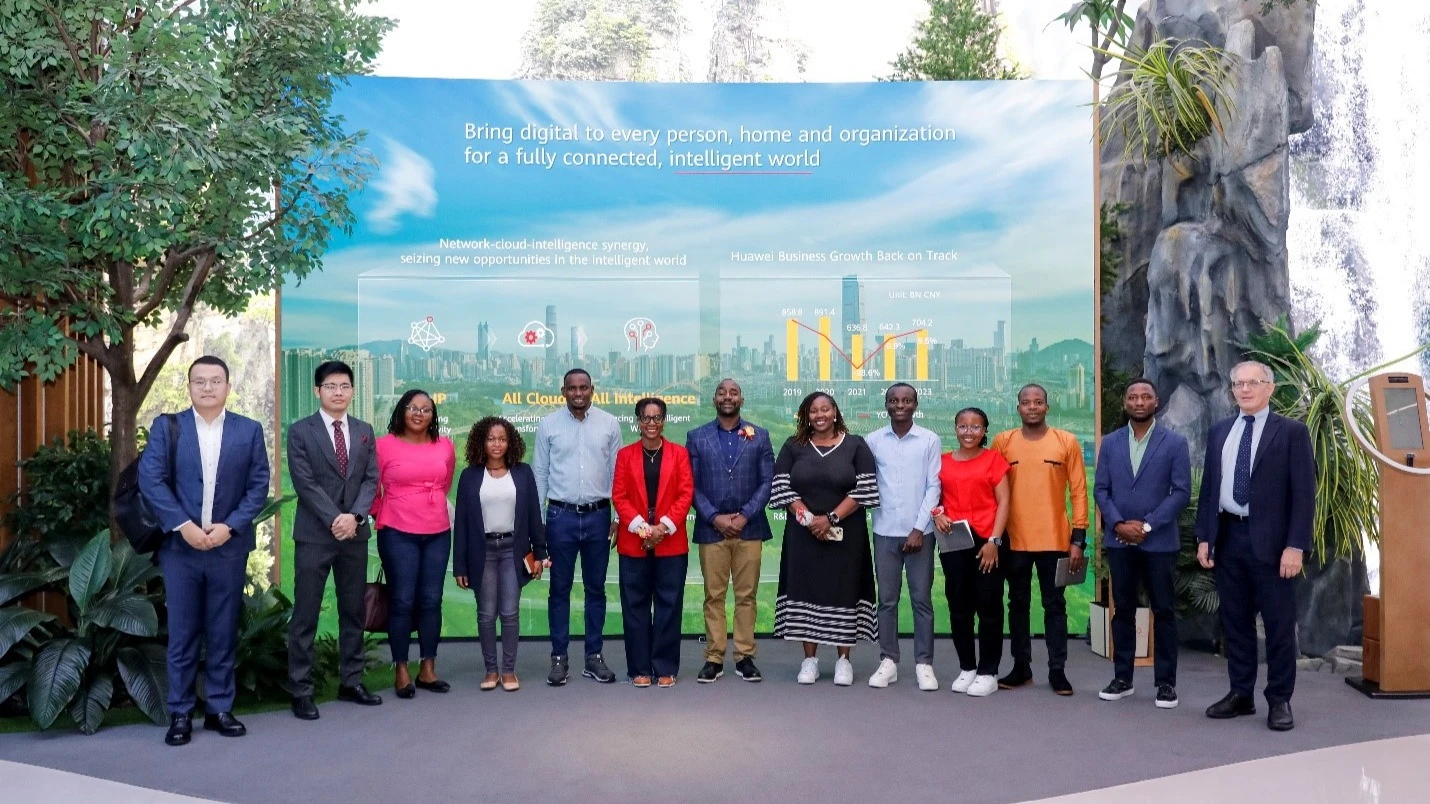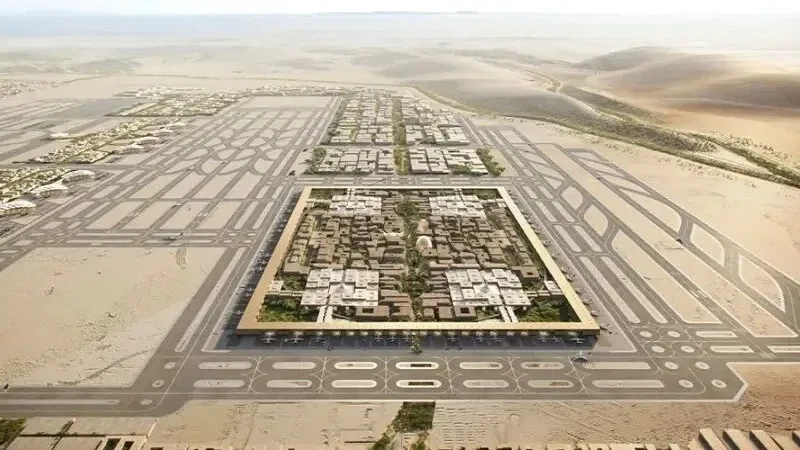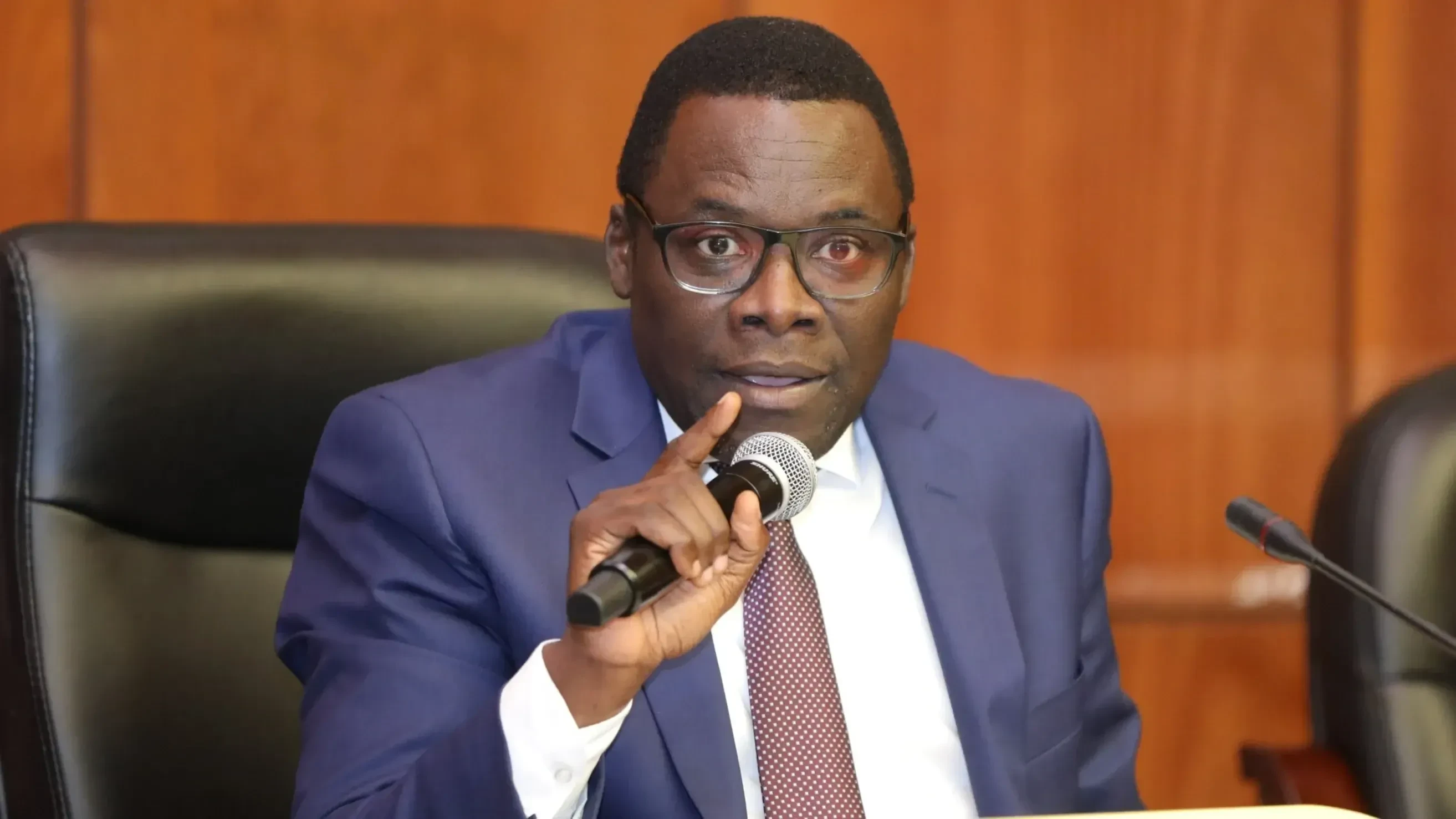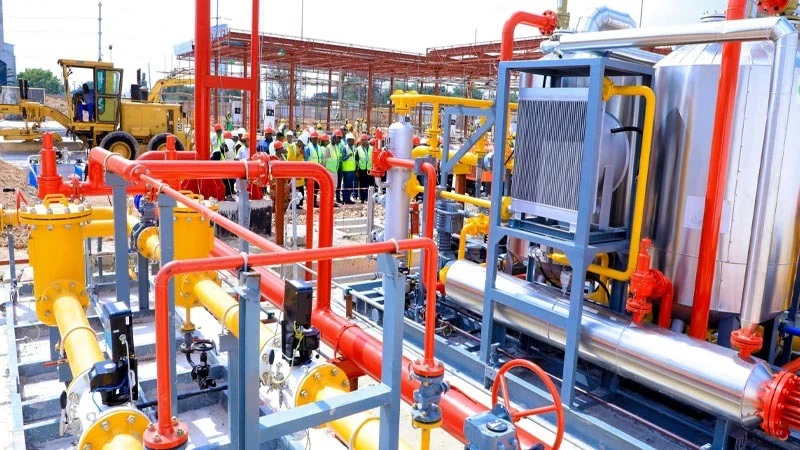Foreign investment in Africa reaches record $94bn in 2024
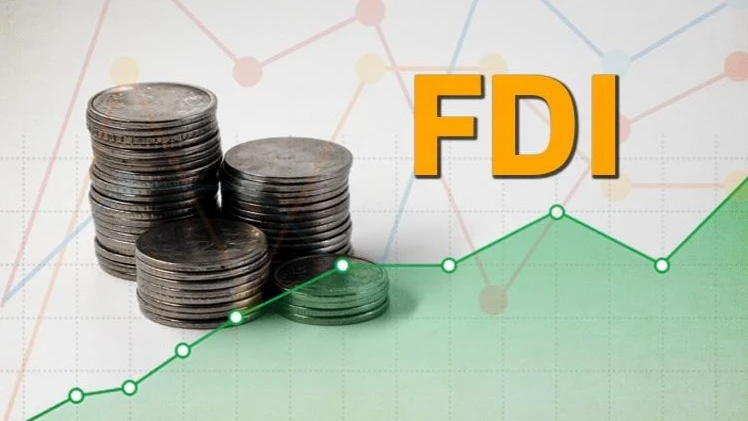
Despite a global decline in foreign investment, Africa saw a significant boost last year, largely driven by a single major urban and tourism project in Egypt.
Foreign direct investment (FDI) flows into Africa surged by 84 percent in 2024, reaching a record $94 billion, according to a report released on January 20 by the United Nations Trade and Development agency (formerly UNCTAD).
The “Global Investment Trends Monitor” report cited the massive project in Egypt -the Ras El-Hekma Peninsula Development- to explain the sharp rise.
This ambitious initiative, spearheaded by the Abu Dhabi Developmental Holding Company (ADQ), a sovereign wealth fund from the UAE, aims to transform the peninsula into a top-tier tourist destination, a financial hub, and a free trade zone with state-of-the-art infrastructure.
Even without this mega-project, Africa saw a 23 percent increase in FDI inflows in 2024, totaling $50 billion. The gains came despite a tough economic climate marked by rising interest rates, mounting public debt, and persistent political and security challenges across the continent.
Worldwide, FDI flows grew by 11 percent in 2024, reaching an estimated $1.4 trillion. However, when excluding intermediate economies in Europe countries often used as transfer points for investments the global figure dropped by 8 percent.
Developed economies experienced mixed results. North America saw a 13% increase in FDI, bolstered by an 80 percent surge in mergers and acquisitions in the United States. In contrast, Europe faced significant declines, with FDI dropping 45 percent from 2023 when intermediate economies were excluded.
In developing regions, FDI fell by 2 percent, marking a second consecutive annual decline. This drop threatens progress on Sustainable Development Goals (SDGs), which rely heavily on international funding.
Investments linked to SDGs fell 11 percent globally in 2024, with fewer projects in areas like agriculture, infrastructure, water, and sanitation compared to 2015, when the goals were adopted.
Asia, traditionally the largest recipient of FDI among developing regions, saw inflows shrink by 7 percent, while Latin America and the Caribbean experienced a 9 percent decline.
UN Trade and Development predicts moderate FDI growth in 2025, supported by better financial conditions and a recovery in mergers and acquisitions.
However, risks such as geopolitical tensions and global economic instability remain significant challenges for both developing and developed countries.
Renewable energy, communications and semiconductors are likely to be the top three recipients of FDI in 2025, even though FDI in renewable energy is expected to slow down.
Investment in the automotive industry will slow down overall, but the sector remains highly dynamic in terms of structural and technological transformation.
Industries such as real estate, transportation and warehousing, and software and IT services are likely to experience stagnated growth in FDI. Meanwhile, the electronic components and metals industries may suffer from a decline in FDI.
Investment into services now accounts for a whopping 72 percent of the total FDI stock in the world. The growth of cross-border investment into services is a long-term trend.
In each decade, FDI into services has grown significantly, five-fold in 2000, four-fold in 2010 and again by more than 50 percent in 2020. The growth of FDI in services will continue to outpace FDI into manufacturing and natural resource sectors.
Top Headlines
© 2025 IPPMEDIA.COM. ALL RIGHTS RESERVED



